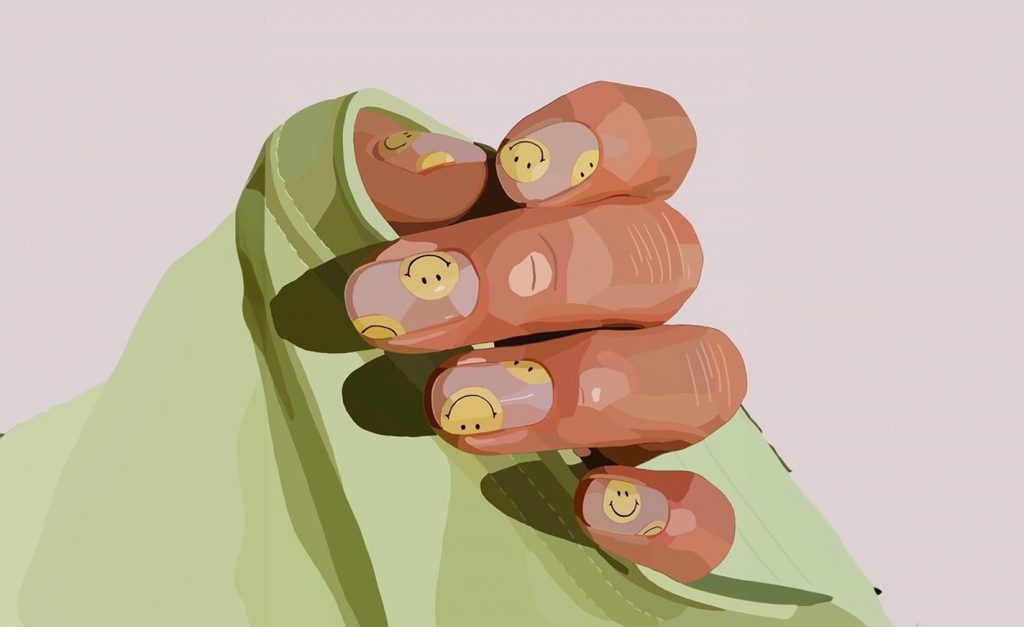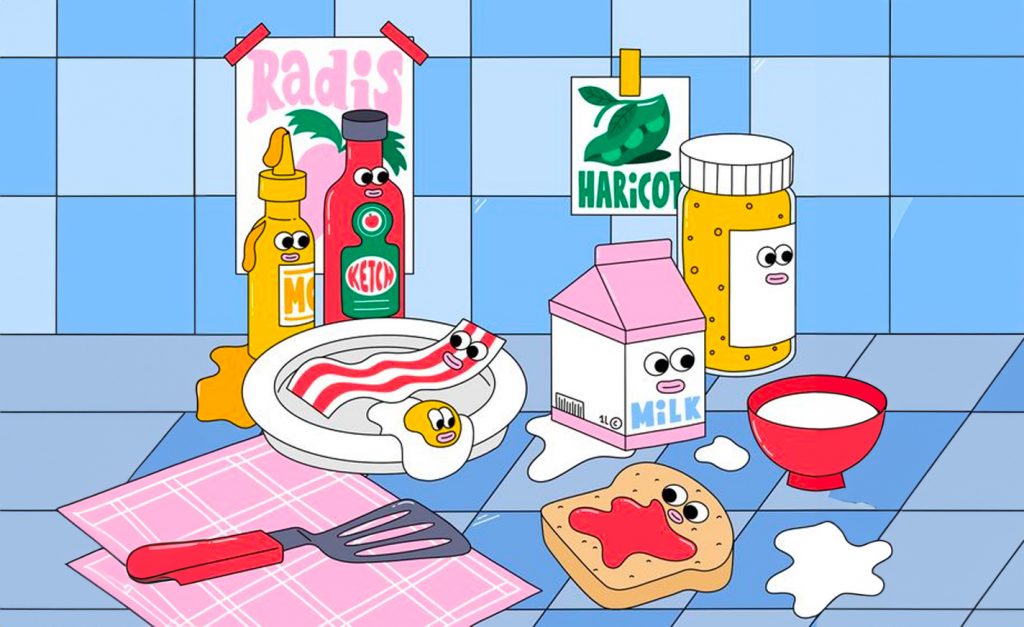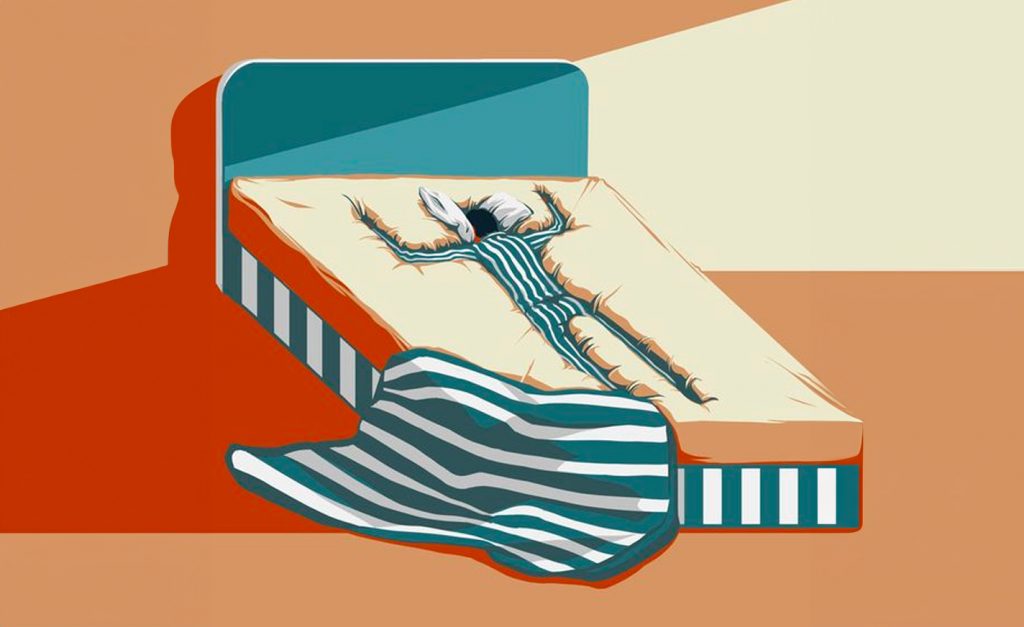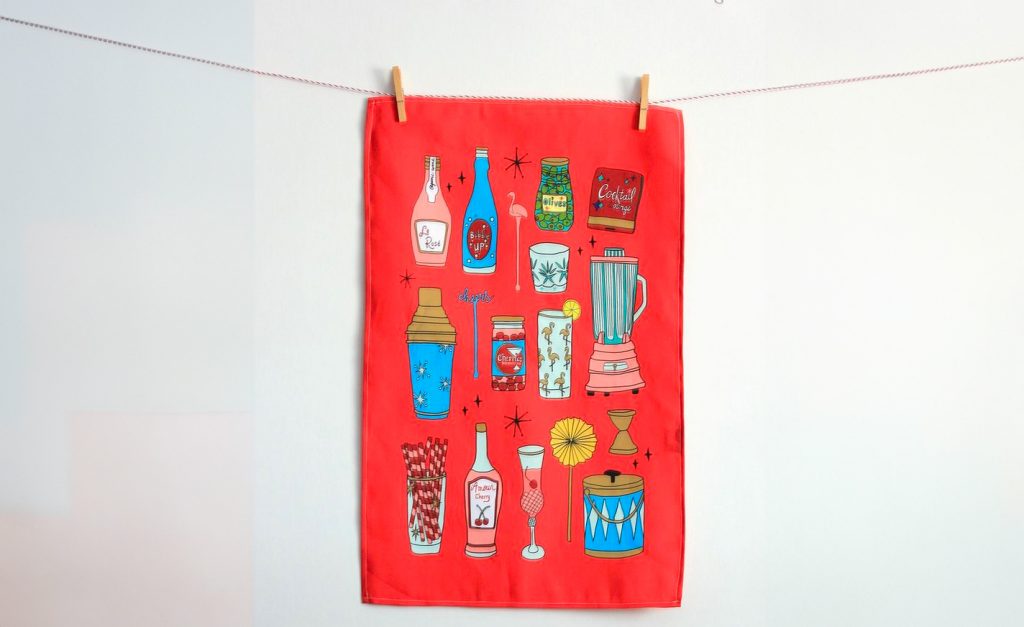Press-on nails have gained immense popularity due to their affordability, convenience, and intricate designs that rival salon-quality manicures. Brands like OPI, Olive and June, Glamnetic, and Clutch Nails offer a variety of options for those seeking quick and budget-friendly nail solutions. However, as with any beauty product, concerns about safety arise, prompting dermatologists to share insights into the potential downsides of using press-on nails.
One common issue associated with press-on nails is allergic reactions to the adhesive used to attach them. Dermatologist Dr. Lauren Penzi warns that ingredients like tosylamide, acrylate, vinyls, and polyesters can trigger red, itchy skin. Dr. Jasmine Rana from Stanford Health Care adds that hand eczema may also occur, potentially spreading to other parts of the body. If discomfort, itching, stinging, or burning occurs, seeking dermatological advice is crucial, and prompt removal of the offending nail product is recommended.
Another concern is the possibility of infections, as yeasts, bacteria, and other organisms can get trapped underneath the nail. Daily activities like handwashing may contribute to this issue. While most nail infections have treatments, some may result in permanent changes, creating a cycle of reinfection. Dr. Rana emphasizes the importance of considering the slow growth rate of nails during the treatment process.
Nail Plate Damage: Press-on nails, if not applied or removed properly, can damage the nail plate, leading to issues such as nail weakness and separation from the nail bed. The removal process itself can cause pain, brittle nails, and breakage. The tools required for dissolving the adhesive can also contribute to irritation or allergic reactions.
Gel-Curing Risks: A popular hack involves using UV light for gel-curing press-on nails to enhance adhesion. However, Dr. Rana warns about the potential for incomplete curing, leading to rising rates of allergies. She suggests that traditional nail polish is the safest option, emphasizing the importance of wearing both natural and press-on nails short to prevent breakage.
Safe Removal Practices: Dr. Rana advises against using harsh tools like acetone, sanders, or files for removal, as they may contribute to brittle nails. While acetone is generally acceptable in small amounts and short periods, prolonged exposure can be damaging to nails and surrounding skin. The manicure removal process should be approached with caution to minimize potential harm.
Press-on nails offer a convenient and cost-effective alternative to traditional manicures, but users should be aware of potential risks. Allergic reactions, infections, and nail damage are concerns that can be mitigated through proper application, maintenance, and removal practices. If used sparingly and with attention to these guidelines, press-on nails can be a stylish and safe choice for occasional use.






